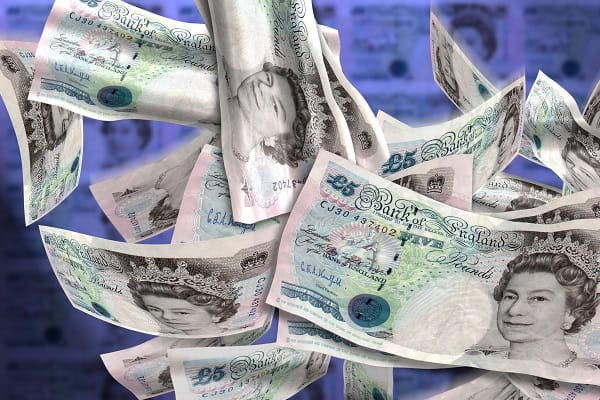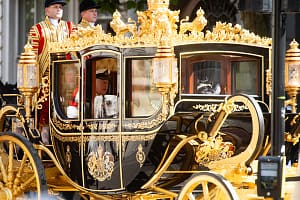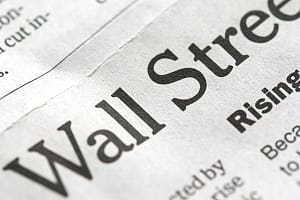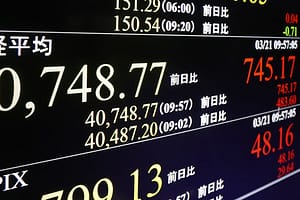The latest figures from the Office for National Statistics show the that the spending divide between the richest and poorest households has more than doubled.
Laura Suter, head of personal finance at AJBell, comments on the latest ONS figures on family spending: “These figures give an insight into how the nation was spending in that brief window between Covid restrictions easing and inflation price hikes really starting to take a chunk out of people’s budgets. They highlight that spending in lots of areas of life hadn’t returned to pre-pandemic levels, from eating out and buying clothes to hotels and trips away. Once the effects of inflation were stripped out of the figures, households were still spending almost £80 a week less than before the pandemic.
“While this period captures the start of the increases in energy prices, meaning that everyone was spending a bit more on their bills, the true scale of the peak of energy prices wasn’t yet known. At the end of the 2021-22 financial year, average annual energy costs were £1,277 – a far cry from the £2,500 they would hit under the government’s Energy Price Guarantee.
“The figures show the widening divide between the richest and poorest households, which will only have extended in the past year. In total the richest fifth of households were spending around £42,000 a year – more than double that of the poorest fifth of households, who spent just over £17,000 a year. At this point the poorest families were spending a quarter of their expenditure on rent and energy bills – aproportion that will have shot up as energy bills increased and rents soared.
“Inflationary price rises in the past year mean spending figures will have shot up in the next set of data. And now the question everyone is asking is when will inflation fall and how sticky will price rises be. One thing is for sure, inflation isn’t falling as fast at the Bank of England, the government or the public expected. Prime minister Rishi Sunak made apledge to halve inflation before the end of the year, and it needed to hit 5% for him to meet this lofty target. We’re almost halfway through the year and inflation is still close to 9% – meaning there is a long way to go.”






Leave a Comment